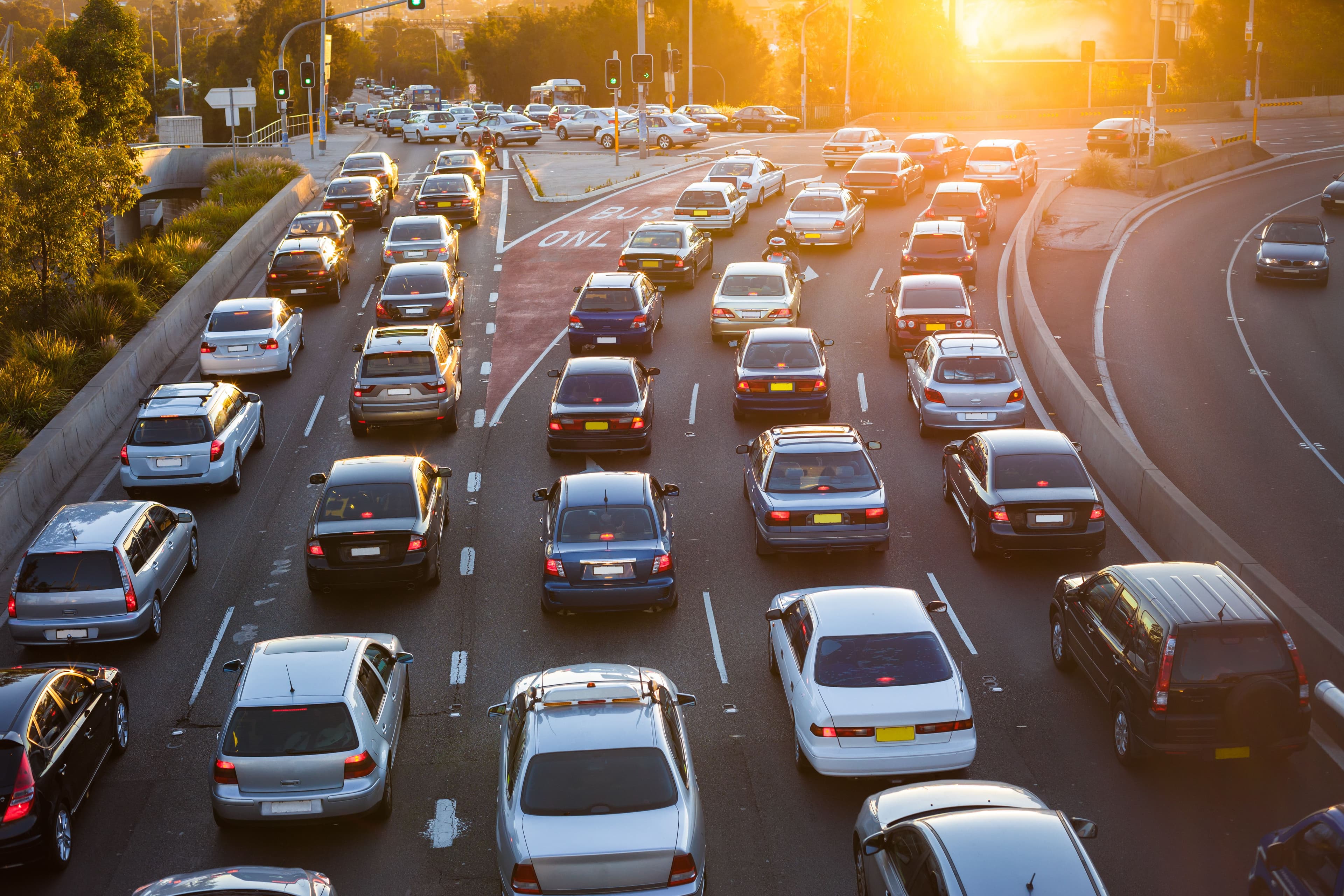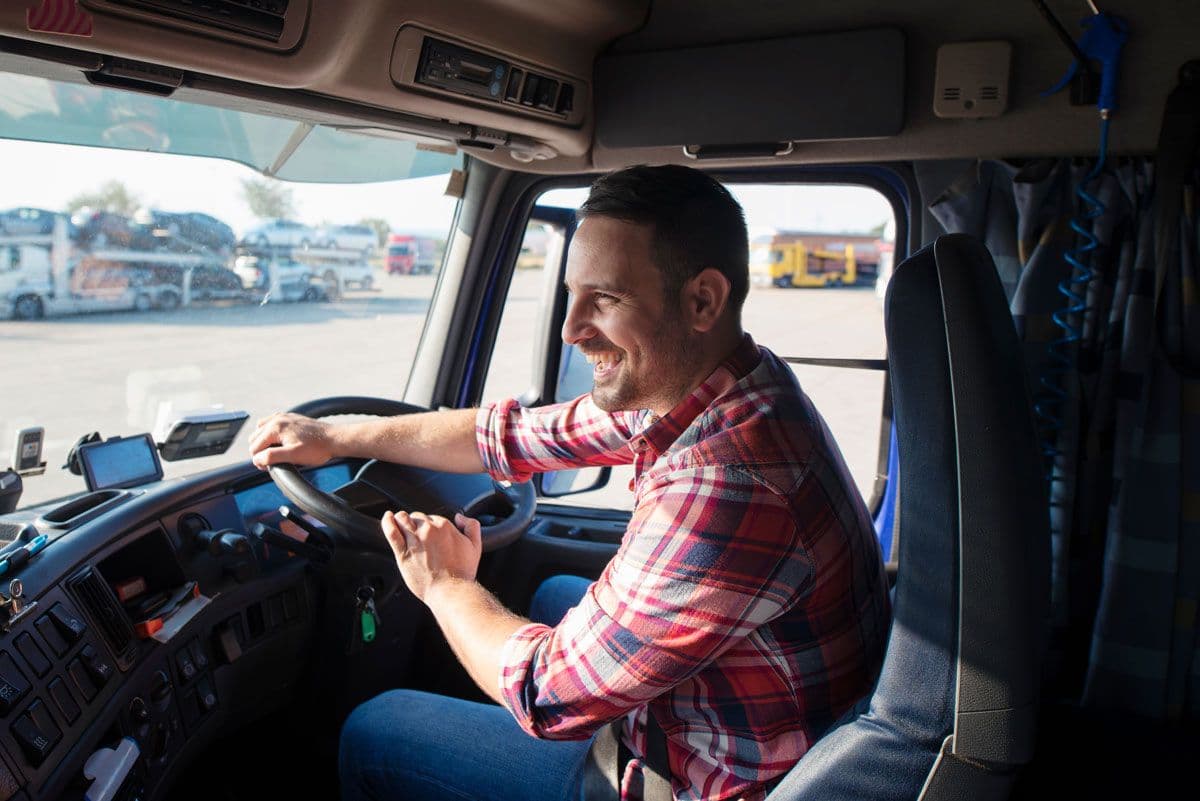
It’s a common sight on Australian roads — vehicles sitting idle at job sites, in depot yards, or stuck in city traffic with their engines running. While it might seem harmless, idling is a hidden drain on fuel and a growing concern for Australian fleets.
With fuel prices hovering around A$2 per litre and rising environmental expectations, every minute of unnecessary idling adds up, increasing operating costs, emissions, and engine wear.
Does idling waste fuel?
Yes, idling wastes fuel. Fuel is constantly being burned when an engine is on, even when it’s not being used to accelerate. Any fuel burned at a standstill is wasted, since it hasn’t been used to achieve anything. It’s a sunk cost - and the more it happens, the more it’s going to cost you.

How much fuel does a car use idling?
In Australia, the amount of fuel a car uses while idling depends largely on the vehicle’s size, engine type, and condition. According to research by Transport Energy/Emission Research (TER) for the NSW Environment Protection Authority (EPA), idling can account for up to 8% of total fuel consumption in passenger vehicles, representing a significant and often overlooked cost for Australian drivers and fleets.
| Vehicle type | Estimated fuel use while idling (litres per hour) |
| Small passenger car (petrol) | 0.6L / hour |
| Small commercial van (diesel) | 0.8-1.2L / hour |
| Large SUV or light truck (diesel) | 1.5 - 2.5 L / hour |
How much fuel does a van use idling?
In Australia, the vast majority of commercial vans are diesel-powered, making idling a costly issue for local businesses. With diesel prices averaging around A$2.30 per litre, even short periods of idle time can quickly add up to significant fuel expenses across a fleet.
Research from the Transport Energy/Emission Research (TER) report for the NSW Environment Protection Authority (EPA) found that heavier diesel vehicles consume considerably more fuel while idling than smaller passenger cars. Local fleet data supports this, showing that a diesel van typically burns between 2.5 and 3.5 litres of fuel per hour when stationary with the engine running.
| Vehicle Type | Estimated fuel use while idling (litres per hour) |
| Small van / light commercial (diesel) | ~ 1.0 – 1.5 L / hour |
| Medium commercial van (diesel) | ~ 2.5 – 3.5 L / hour |
| Large van / heavy duty commercial van (diesel) | ~ 3.5 – 4.5 L / hour (or more) |
How much fuel does a HGV use idling?
Heavy vehicles, including prime movers, rigid trucks, and B-doubles, consume significantly more fuel than cars or vans when idling. This is due to their larger engines and the power required to move heavy loads.
According to the Australian Government’s Department of Industry, Science, Energy and Resources, a heavy-duty truck can consume around 2 litres of fuel per hour while idling
| Truck by weight | Fuel Consumption (litres/hour) |
| 11,800 kg | 2.2 L/h |
| 10,400–15,000 kg | 1.7 L/h |
| 14,500 kg | 1.9 L/h |
| 16,800 kg | 3.4 L/h |
| 36,300 kg | 2.4 L/h |
At an average diesel price of $2.10 per litre, the cost of idling can range from $4.20 to $7.14 per hour, depending on the vehicle's fuel consumption rate.
How does idling affect a vehicle?
Idling doesn’t just affect fuel consumption; it can also cause wear and tear on the vehicles themselves. Here are a few of the ways a fleet could be affected by idling habits:
Carbon build-up: When a vehicle is idle, it doesn’t burn fuel as completely as it does during acceleration. This partial combustion process is more likely to leave carbon deposits in the engine, reducing the fuel efficiency of the vehicle long-term.
Engine stress: Excessive idling can lead to increased engine wear due to factors like reduced lubrication and the accumulation of contaminants. For instance, a report from Transport Energy/Emission Research highlights that trucks can spend up to 20% of their driving time idling, contributing to engine stress and increased maintenance costs .
Additionally, TR Group notes that prolonged idling can cause fuel dilution in engine oil, leading to reduced lubrication and increased wear on engine components
Oil complications: Certain parts of the engine may not be completely sealed while the vehicle is idling. This can cause hot gas to leak into other components and damage the oil film.
What problems can idling cause a company?
Idling is bad for any vehicle, but it can also be bad for your company. From an increased carbon footprint to higher fuel costs, there are plenty of problems that can arise:
High carbon footprint: An idling engine may produce twice the carbon emissions of a moving car. If your fleet frequently idles, it can offset your impact reduction efforts and reverse your progress towards carbon neutrality.
Higher fuel costs: Drivers need to refill their tanks far more often when they’re burning unnecessary fuel. This can drive up expenses and impact your company’s financial performance.
Maintenance fees: Wear and tear can become expensive quickly. The best way to reduce the costs of mechanic call-outs and vehicle upkeep is to ensure that your drivers are treating your fleet well in the first place.

How to prevent your drivers from idling
From high repair costs to extra fuel usage, idling can throw a spanner in the works for any business. If your drivers are frequently idling in their vehicles - especially in vans or HGVs - it’s important to take steps to prevent the behaviour in future. There are plenty of ways to do this, from tracking your vehicles to running training on fuel efficient driving.
GPS tracking for fleet vehicles
Vehicle tracking is one of the most effective ways to ensure that your vehicles are being driven correctly. With GPS trackers attached to your fleet, managers will be able to monitor the activity of your drivers and can pinpoint problem areas such as frequent idling. Since idling is a difficult problem to catch with common installations such as dash cams, tracking the whole vehicle can help to catch bad habits you might otherwise miss.
Kinesis tracking: Kinesis is a way for you to track your driver’s performance as well as its location and route. You’ll be able to see whether your employees are deploying bad practices while driving, such as idling, harsh braking or speeding. You can also run reports on the statistics of your fleet, which may flag up problem areas for you to address.
Stratus tracking: The Stratus GPS trackers are designed to give you a full run-down on the health and activity of your fleet engines. That includes live updates, alerts and real-time tracking on a 4G network. Partnered with Kinesis, Stratus will allow you to receive notifications when your drivers are displaying idling and other bad driving habits on the road.
Stop idling, start saving
Idling is a costly habit, both for your business’ bottom line and the environment. By understanding the impact of idling and implementing strategies to minimise it, fleet managers can significantly improve fuel efficiency, reduce emissions, and save money for their business.

Monitor driver performance with telematics
Speak to one of our team about how telematics can save your business money through driver monitoring.